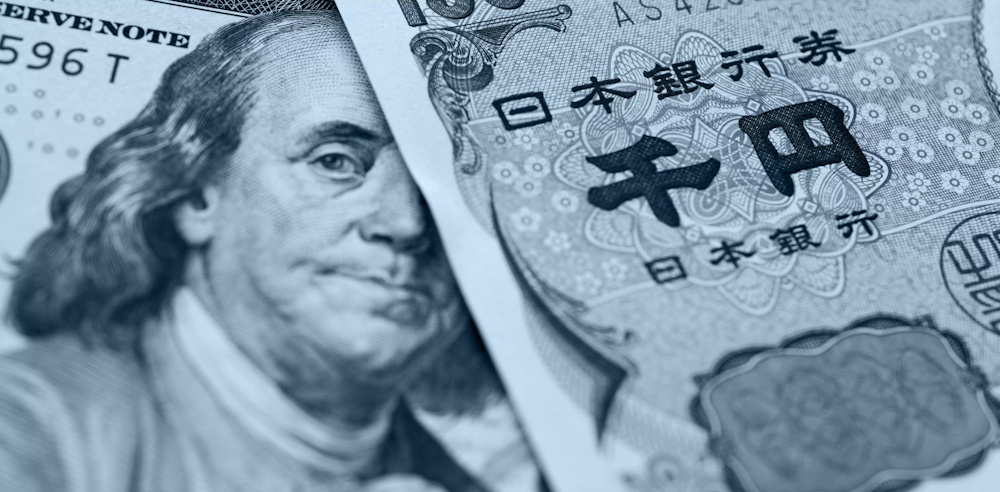The Japanese yen faces significant selling pressure once more, with USD/JPY hovering around 152.90, nearing the pivotal 154.00 resistance level as investors assess Japan’s forthcoming leadership transition, increasing global bond yields, and the diminishing prospects for Federal Reserve rate cuts. The dynamics at play illustrate a convergence of two significant macroeconomic themes — Japan’s tenuous domestic confidence in the face of a leadership void and the sustained strength of the U.S. economy, which maintains robust dollar demand despite Treasury yields stabilizing. In Tokyo, political uncertainty has deepened following reports that Sanae Takaichi is poised to take over from Prime Minister Fumio Kishida, igniting fresh speculation regarding the future direction of Japan’s fiscal and monetary policy. Markets view her rise as an indication of consistent policy with a nationalist inclination — supporting fiscal expansion and upholding a dovish approach at the Bank of Japan. The prospect further weakened the yen, as traders perceive minimal likelihood of immediate tightening or intervention, despite the verbal warnings issued by Japan’s Finance Ministry. The most recent verified foreign exchange intervention took place when USD/JPY momentarily exceeded 152.00, and it seems that authorities might hesitate to reengage in the markets until price movements are perceived as “speculative” rather than driven by prevailing trends.
The pressure has intensified due to rising U.S. yields. The 10-year Treasury yield stands at approximately 4.67%, whereas short-term 2-year yields are notably high at 4.92%, highlighting the dollar’s interest rate superiority. The Federal Reserve’s measured approach has altered projections for its initial rate reduction to June 2026, delaying earlier predictions that expected a decrease by early spring. The recent recalibration has sparked renewed interest in carry trade inflows, with investors persistently borrowing in yen to finance higher-yielding assets in the U.S. and emerging markets. Federal Reserve officials, among them Governor Waller, emphasized that the progress on inflation has been “encouraging but not sufficient,” thereby strengthening the perspective that policy will remain restrictive during the first half of the upcoming year.
In Japan’s domestic market, the BOJ’s 10-year JGB yield target near 1.00% remains intact; however, real yields are deeply negative, leading to institutional capital outflows. Japanese pension funds and insurers are persistently raising their allocations to U.S. debt, capitalizing on high yields and a depreciated yen to mitigate currency risk. Since mid-September, there has been a notable acceleration in portfolio flows, with Japan’s weekly net foreign bond purchases increasing to ¥1.24 trillion, marking the highest level since May. The macroeconomic environment is not providing significant support. Japan’s inflation decreased to 2.6% in September, a decline from 3.2% in July, which diminishes the case for tightening by the BOJ. The wage growth data published last week fell short of expectations, increasing by only 1.1% year-over-year, significantly below the 3% benchmark that Governor Kazuo Ueda has consistently referenced as essential for a viable policy shift.
Consequently, there is a broad consensus among experts that the BOJ will uphold its existing framework during the meeting on October 31, postponing any efforts toward normalization until early 2026. The disparity with global central banks positions the yen in a structurally weak state, given that the Fed, ECB, and RBA uphold notably elevated terminal rates. Technical indicators indicate the vulnerability of the yen’s position. The USD/JPY pair continues to trade above its 50-day moving average at 151.80. The RSI is currently around 66, indicating moderate overbought conditions; however, there is no definitive signal for a reversal at this time. The 200-day moving average at 147.10 serves as a significant support level. A significant move above 154.00 may initiate algorithmic buying, with potential targets set at 155.50 — a level perceived by many traders as the next psychological barrier. On the downside, support is positioned around 152.70, with subsequent levels at 151.30, a point where the Ministry of Finance has previously taken action.

